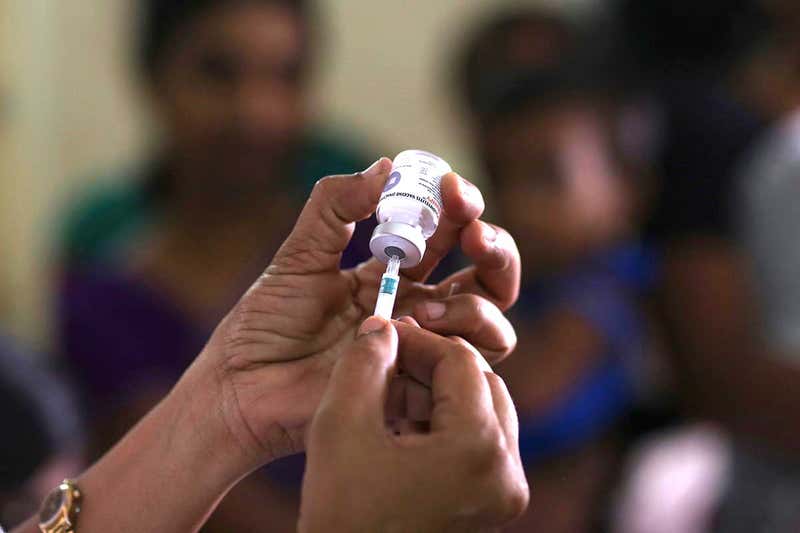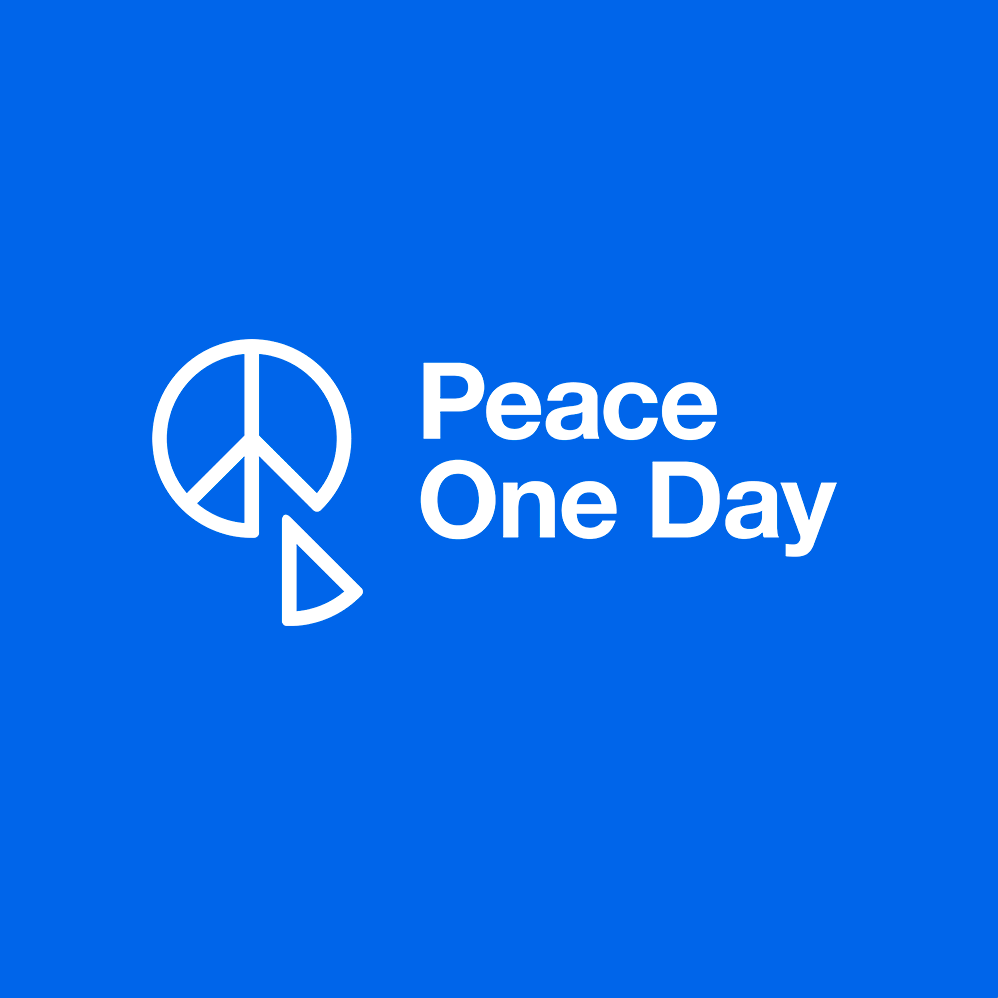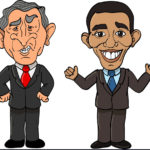Will there ever be ‘Peace One Day’? – Ellie Hewes
Will there ever be “Peace One Day”?
“I was basically concerned about what was going on in the world. I couldn’t understand the starvation, the destruction, the killing of innocent people. I mean, making sense of those things, is a very difficult thing to do”. These were the words of Jeremy Gilley, an actor, a filmmaker and the founder of “Peace One Day”. As we pass the 20th anniversary of this initiative, a reflection to the campaign and its journey, must be shared.
Being an actor from a very young age, Gilley knew the impact that film could have. He had read a book by a nuclear physicist called Frank Barnaby, who had stated that media has a responsibility; as do all sectors of society, to move things forward. This statement just so emphasised to him, that he needed to enhance the abilities of the camera, which he had been in front of from a very young age, to better society.
Concerned with the atrocities prevalent around him and fuelled by his frustration at not being able to do anything to stop these, Gilley started to research the concept of peace and whether this concept could ever be achieved in a society which was abundant with seemingly unsolvable problems. However, as he delved deeper into a concept which seemed to only be apparent within worlds of a utopian nature, Gilley realised that there was no day of peace; there was no starting point for peace. At this moment, Gilley decided that he was going to create this day of peace; a day of unity; a day of cultural co-operation; a day of ceasefire and non-violence. He was going to try and develop this day and bring it to life through the power of film. He decided that if the film failed, it would portray how humanity were reluctant to undergo change. However, if the film succeeded, perhaps it would give hope to society that humanity isn’t fundamentally evil and that the destruction of the world in the future is not inevitable.
“I felt that I was presenting a case on behalf of the global community”
However, rooted into the foundations of whether this idea was going to succeed, was the question of how he would establish a day with a set-calendar date which would be voted for and carried out by all the Heads of State in the world. Furthermore, many questioned whether Gilley was a fool or a visionary. Gilley wanted to ultimately create a day of international ceasefire and non-violence; which would include halting the thousands of atrocities which happen daily, by thousands of individuals, in thousands of different countries, from his mother’s apartment with little money… It did seem like an impossible task and many still believe that, despite the day being formally established, it is an idea which continues to only be prevalent in utopian fiction novels and films.
“There has never been a day in the history of humankind, where the global community haven’t killed each other”
He decided to pinpoint 21st of September as the day which would become (hopefully) renowned as the day of peace. He had decided to choose this date, as the number 21 had been of a significance to him from a young age. His grandfather had seen the atomic bomb launched by the USA on Nagasaki and had seen the destruction of life which had come with it. He had also suffered the consequences as the bomb had taken his life too. 21 had been Gilley’s grandfather’s favourite number. On that particular voyage, 700 men had left and only a handful came back. Of the 23 people who made it onto the boat to return home, 2 died. This meant that only 21 men survived; adding to the significance of this number for Gilley.
He decided to write to everyone he possibly could. These people included: Heads of State and their ambassadors, Nobel Peace Laureates, NGOs and many other different organisations. However, one of the first turning points, was when he decided to write to the United Nations, not expecting a response back. However, before he knew it, he was on a plane in his friend’s suit and his grandfather’s tie, flying to America, specifically the Headquarters of the UN in New York. He had been receiving various other letters, including from the Dalai Lama himself, inviting Gilley to come and see him too. Gilley met with various other individuals, including people such as Mary Robinson, Kofi Annan, Salim Ahmed Salim, Dr Oscar Arias (a Nobel Peace Laureate), the current President of Costa Rica, Nelson Mandela, etc. The initiative was becoming well-known around the world and Gilley was recording it all, moving from country-to-country and from person-to-person.
“If we save one life, it will be a successful mission”
In 2011, Gilley stated that he had documented in 76 countries in the past year, recorded 44,000 young people with roughly 900 hours of their views. It was at this point, reflecting on all of the people he had met and all of the life stories that they had chosen to share with him, that Gilley realised that the idea and film needed to work. Otherwise, what was the point. He had heard stories of 12 year olds killing other people for their country, children who had seen their parents killed right before their eyes, families who were dying of polio and of starvation. He made it his priority to document until his ideal became an actuality.
“They used to say a pen is mightier than a sword. I think a camera is”
On the 7th September, the ideal was unanimously adopted by the United Nations in theirGeneral Assembly. However, on the day that the ideal was going to be shared to the world, a terrorist attack occurred which would be marked in history books and documentaries forever: 9/11. However, this fuelled Gilley to work harder to make the event a reality. The world needed to make the day work as then humanitarian aid could be moved into and out of all areas of the world. UNICEF soon got involved, as did the UNAMA in Afghanistan. Figures such as Jude Law, Angelina Jolie and David Beckham all got involved and soon, after his visit with Jude Law to Afghanistan, Gilley received a letter from the Taliban which stated that they would observe the day and not engage. This would allow humanitarian aid to move through Afghanistan without the risk of humanitarians being kidnapped or killed. Soon, they managed to vaccinate 1.6 million children from polio; a crucial turning point in the initiative. In the following year (2008), the ISAF announced that they would not partake in offensive military actions and ultimately, due to this, there was a 70% decrease in the quantity of violence which occurred within Afghanistan; the country critics said would never see the light of peace.

As the 20th anniversary of Peace One Day passed on the 21st September this year, many people from across the “globe”, visited Shakespeare’s “Globe” in order to celebrate the day. In 1999, Gilley launched the project here. He had invited hundreds of people; most of them being press and his friends and family. However, only 114 turned up (who consisted of his friends and family). Now, 20 years on, hundreds of millions are actively supporting the campaign. Peaceful actions occurred all around the world and a special concert marked the anniversary too. This year, some of the campaigns most renowned were surrounding the concepts of domestic abuse, sexual violence and cyber violence. The goal Gilley is now looking to accomplish is that of trying to make 3 billion people aware by 2025!
If you are interested in becoming an active supporter of this event or want to find out more:• Visit: www.peaceoneday.org• Watch: “The Day After Peace”• Follow @jeremygilleypod on Instagram















Post Comment
You must be logged in to post a comment.